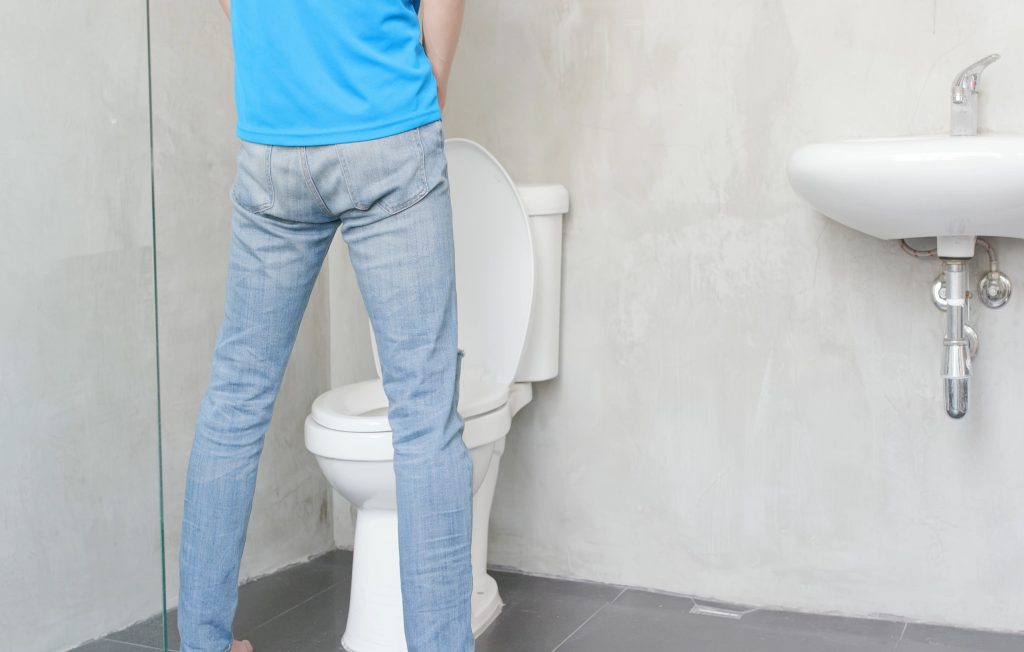
Even in males, hormonal changes eventually diminish as age increases. Men have the same physical, emotional, and mental changes as menopausal women. This is especially true for prostate abnormalities which is most common in Thai men. The most common prostate abnormalities are prostate disease (80%), followed by prostate cancer (18%) and prostatitis (2%). In order to avoid the illness from getting worse, it is important to spot anomalies and get treatment as soon as possible.
Benign Prostate Hyperplasia (BPH) is a condition in which the prostate gland beneath the bladder surrounds the urethra is abnormally large, compresses the urethra. It is most common in males over the age of 45 and up to 80% of men aged 70 and above have BPH.
Symptoms
The diagnosis of benign prostate hyperplasia mainly focuses on abnormal urinary excretion rather than the size of the prostate mass. The symptoms of benign prostate hyperplasia are as follows:
- Painful urination
- Frequent urination, especially at night
- Urinary incontinence or dysuria
- Decreased force of urination, intermittency, postvoid dribbling, incomplete emptying
- Acute urinary retention
- Overactive bladder

Treatment of Benign Prostate Hyperplasia
- Treatment with prostate relaxants includes alpha blockers that inhibit the synthesis of 5-alpha reductase (DHT) and have an effect on prostate size. Symptomatic treatment is mainly used.
- Transurethral resection of the prostate (TUR-P) is a common procedure that needs to be performed by a specialist doctor. There are 2 types of Transurethral resection of the prostate
- Bipolar TUR-P surgery
- Conventional TUR-P
- TUE-RP (Transurethral enucleation and resection of prostate ) In transurethral resection of the prostate (TURP), a device called a resectoscope is inserted through the urethra. An electrical loop is used to cut or scrape the excess prostate tissue and monopolar electrocautery is also used to stop bleeding simultaneously.
- Bipolar TUR-P surgery
- REZUME is a simple treatment for benign prostatic hyperplasia that uses water vapor and takes only about 10-15 minutes. In this technique, the physician performs cystoscopy through the urethra into the prostate gland. The water vaper at 103°C is then injected into the prostate about 4-6 times depending on the size of the prostate gland, depending on the size of the prostate. Each injection takes only 9 seconds. The water vapor diffuses between the prostate cells resulting in their death (apoptosis). The body will naturally get rid of these dead cells. Eventually, the prostate gland shrinks and the urethra enlarges, enabling normal urination.
Complications
- Cystitis
- Bloody urine due to swollen prostate gland
- Nephrosis, kidney failure
Benign prostatic hyperplasia is a health issue men should never ignore. For earlier risk diagnosis, prevention, and treatment, men aged 45 and above should have an internal examination performed by a specialist in addition to routinely monitoring while urinating.






